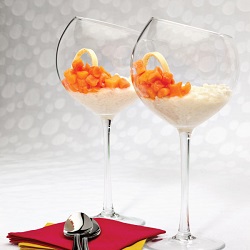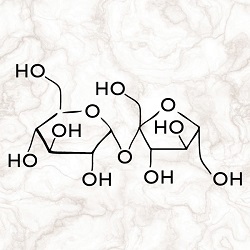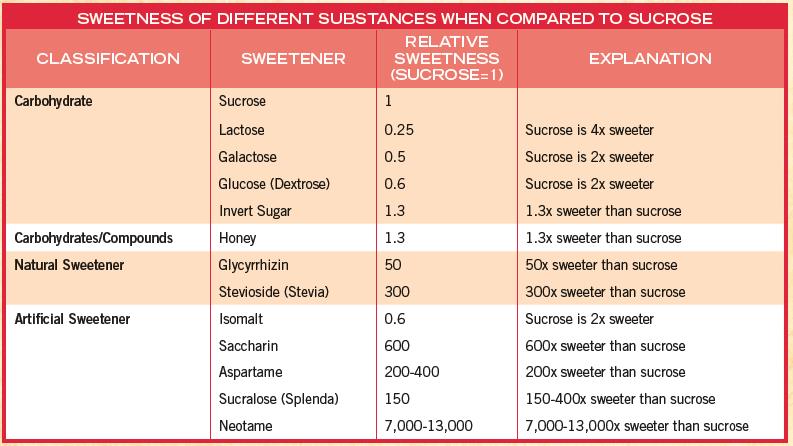- Catalog |
-
My Cart - Quick Order
|
How Sweet It Is

When one thinks of the term “sweet,” sugar undoubtedly springs to mind. Historically speaking, the sugaring of many European foods and drinks can be traced to the spice boom of the late Middle Ages. Sugar was considered a luxury item, available to nobility and royalty alone. In later years, sugar was transplanted to the New World, and rapidly became the most important item in the trans-oceanic trade.
Having changed the course of history, sugar is now the world's most popular food item; its popularity eclipsing that of wheat.
Nearly universal in acceptance, “sweetness” is associated with a pleasurable experience giving way to long standing clichés such as sweet dreams and home sweet home. People with a natural penchant for tasting sweetness describe themselves as having a sweet tooth. In fact, the only taste preference we have from birth is that of sweetness. In turn, sugar has become one of the most important ingredients in the food industry with specific attention given over to pastry.
The chemical structure of sucrose

The perception of sweetness is mainly produced by short chain carbohydrates (sugars). Some proteins and a few other substances like natural and artificial sweeteners can also produce a sweet taste. Sweetness tends to soften sharper flavors, such as bitter or sour elements. Sweet is detected by all receptors located mainly on the surface of our tongue. In contrast, long chain carbohydrates tend not to fit on our taste buds. This explains the neutral taste perception for starches and pectin.
The geography of a tongue
Experts agree that the map of the tongue, while having long been accepted as fact, is actually false. This myth is largely the result of a 1901 German scientific paper misinterpreted by Harvard psychologist Edwin G. Boring. Today’s scientific community agree that sweet, salt, sour, and bitter are perceived across the tongue.
An Overview of Sweeteners Commonly Used in the Food Industry
There are hundreds of synthetic compounds known to be sweet, with only a few legally permitted as food additives. Many plant species produce substances many times sweeter than sugar. Glycyrrhizin, for example, is the sweet component of licorice root, which is about 50 times sweeter than sugar. Another example includes Stevioside, derived from the South American shrub Stevia Rabaudiana found to be 300 times sweeter than sucrose.

For questions or comments please reach out to pastryteam@auifinefoods.com

